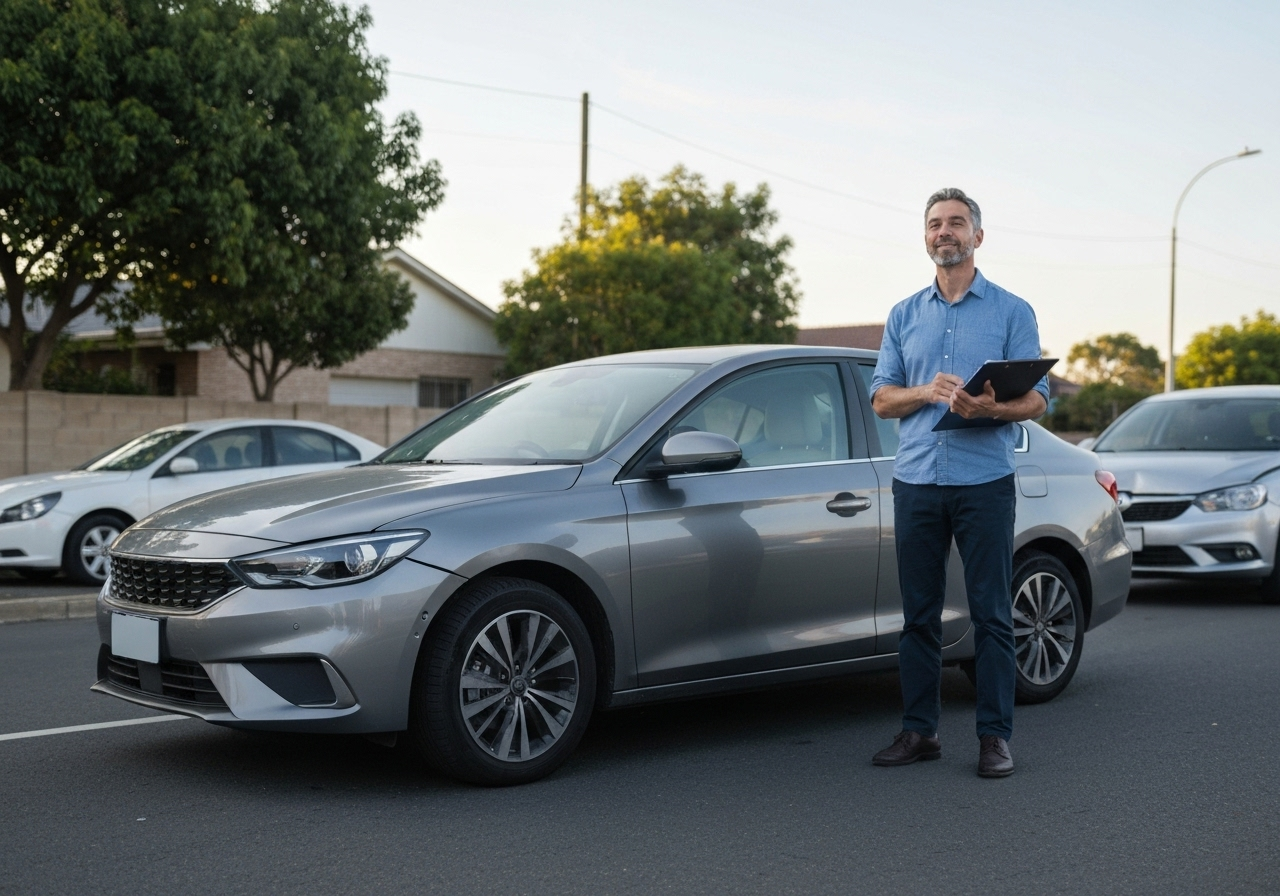Drive Protected: Why Liability Car Insurance is Essential
Understanding auto insurance can feel complex, but grasping the fundamentals of liability car insurance coverage explained is absolutely essential for every driver. This foundational coverage isn’t just a legal requirement in most states; it’s your primary defense against significant financial repercussions should you be at fault in an accident. Without adequate liability protection, a single mishap on the road could lead to devastating out-of-pocket expenses, potentially impacting your assets and future financial stability.
What Exactly Is liability car insurance coverage explained?
Liability car insurance is designed to protect other people and their property when you are deemed responsible for an accident. Unlike coverages that protect your own vehicle or medical needs, liability insurance specifically addresses the costs associated with damages or injuries you inflict upon others. It’s the critical safeguard that ensures you can meet your financial obligations to injured parties without depleting your personal savings or assets.
Think of it as a safety net that catches the financial burden of your negligence. When an accident occurs and you are at fault, your liability policy steps in to cover the expenses up to your chosen limits. This means less stress for you and proper compensation for those affected.
Breaking Down the Coverage: Bodily Injury vs. Property Damage
Liability car insurance coverage is typically divided into two main components, each addressing a distinct type of damage you might cause:
- Bodily Injury Liability (BIL): This part of your policy covers the costs associated with injuries sustained by other people in an accident where you are at fault. This can include:
- Medical expenses
- Lost wages due to injury
- Pain and suffering
- Legal fees if a lawsuit is filed against you
Bodily injury limits are often expressed as two numbers, such as $25,000/$50,000. The first number represents the maximum amount your policy will pay for injuries to one person in an accident, while the second number is the maximum paid for all injuries in a single accident.
- Property Damage Liability (PDL): This component covers damage to another person’s property resulting from an accident you caused. This typically includes:
- Repair or replacement of other vehicles
- Damage to fences, buildings, or other structures
- Damage to personal property within another vehicle
Property damage limits are usually a single number, for example, $25,000, indicating the maximum amount paid for all property damage in one accident.
What Liability Car Insurance *Doesn’t* Cover
While liability car insurance is fundamental, it’s crucial to understand its limitations. This coverage does *not* pay for:
- Damage to Your Own Vehicle: If your car is damaged in an at-fault accident, liability insurance will not cover the repair or replacement costs for your vehicle. For this, you would need collision coverage.
- Your Own Medical Expenses: Any medical bills you incur as a result of an accident you cause are not covered by your liability policy. Other coverages like Personal Injury Protection (PIP) or Medical Payments (MedPay) would address these costs.
- Theft or Non-Collision Damage: If your car is stolen, vandalized, or damaged by events like hail or fire, liability coverage offers no protection. Comprehensive coverage is designed for such incidents.
It’s important to remember that liability coverage solely focuses on your financial responsibility to others, not to yourself or your property.
Understanding State Minimums and Why More Coverage Matters
Every state, with the exception of New Hampshire and Virginia (which have specific requirements), mandates that drivers carry at least a minimum amount of liability car insurance coverage explained by their state laws. These state-mandated minimums, however, are often surprisingly low and may not provide adequate financial protection in the event of a serious accident. For example, a state might require 25/50/25 coverage, meaning $25,000 for bodily injury per person, $50,000 for bodily injury per accident, and $25,000 for property damage.
Consider a scenario where you cause an accident resulting in severe injuries to multiple people and significant damage to an expensive vehicle. The total costs could easily exceed these minimum limits, leaving you personally responsible for the remaining balance. This financial exposure highlights why opting for coverage limits higher than the state minimum is a prudent decision for most drivers.
How Liability Limits Impact Your Financial Protection
The liability limits you choose directly correlate with your level of financial protection. Higher liability limits mean your insurance company will pay more towards the damages and injuries you cause in an accident before you have to pay out of your own pocket. Conversely, if the total damages exceed your policy’s limits, you become personally responsible for paying the difference. This could involve:
- Wage garnishments
- Liens on your property
- Seizure of assets
Choosing robust liability limits is a key aspect of protecting your current and future financial well-being. Many financial experts recommend limits of 100/300/100 or higher, especially if you have significant assets to protect.
Factors That Influence Your Liability Car Insurance Premiums
Several factors play a role in determining the cost of your liability car insurance premiums. Insurers assess risk based on various personal and driving characteristics:
- Driving Record: A clean driving record with no accidents or traffic violations typically results in lower premiums.
- Age and Experience: Younger, less experienced drivers often face higher rates due to a higher perceived risk of accidents.
- Vehicle Type: While liability primarily covers others, the type of vehicle you drive can still influence premiums. For instance, high-performance cars might suggest a higher risk profile.
- Location: Areas with high traffic density, crime rates, or a greater incidence of accidents usually have higher insurance costs.
- Credit Score: In many states, a good credit score can lead to lower premiums, as it’s often correlated with responsible behavior.
- Marital Status: Married individuals often pay less for car insurance than single drivers, statistically being less likely to file claims.
Understanding these factors can help you make informed decisions about your policy and potentially find ways to lower your costs.
Choosing the Right Liability Coverage for Your Driving Needs
Determining the appropriate level of liability car insurance coverage explained for your specific situation involves evaluating several aspects of your life. Consider:
- Your Assets: If you own a home, have significant savings, or other valuable assets, you likely need higher liability limits to protect them from potential lawsuits.
- Your Driving Habits: Do you commute frequently, or do you drive sparingly? More time on the road can increase your exposure to risk.
- Risk Tolerance: How comfortable are you with the possibility of paying out-of-pocket for damages that exceed your policy limits?
While state minimums are a starting point, they rarely offer sufficient protection. Many drivers find peace of mind in carrying higher limits, such as 100/300/100 or even 250/500/100, especially when combined with an umbrella insurance policy for added layers of protection.
Get Expert Guidance on Your Auto Policy with Beach Insurance LLC
Navigating the nuances of liability car insurance coverage explained and choosing the right policy can be a detailed process. Beach Insurance LLC is committed to helping drivers in the USA market understand their options and secure the comprehensive auto protection they need. Our knowledgeable professionals are here to provide personalized advice, helping you assess your individual risks and find a policy that safeguards your financial future effectively.
Ready to learn more? Visit our Contact Us page to get started!






